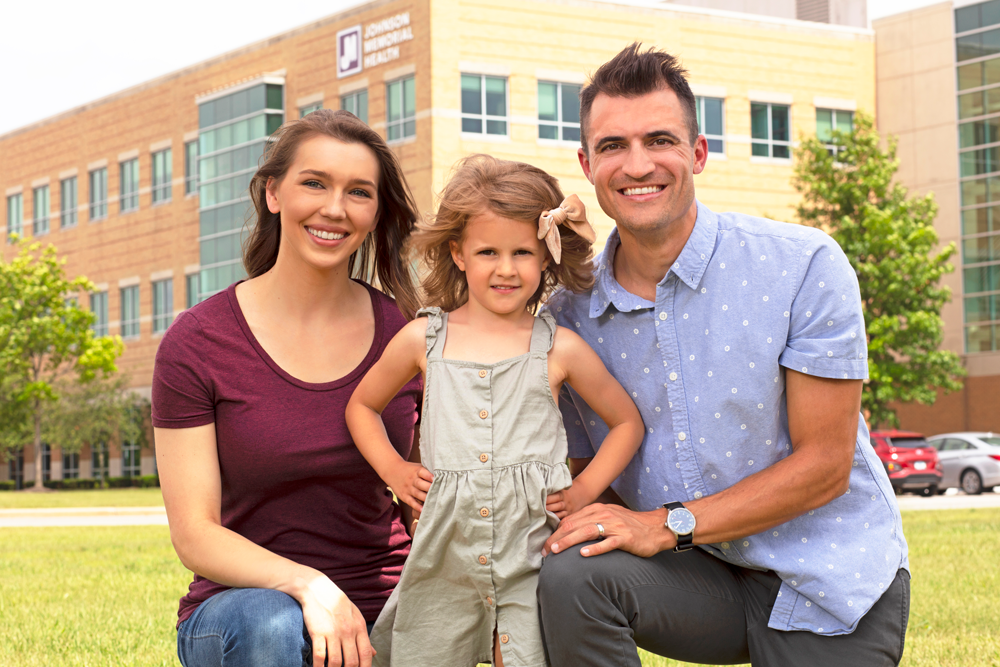Abdominal aortic aneurysm
Description
An enlarged area in the lower part of the aorta, the body's main artery.
Overview
An abdominal aortic aneurysm may happen due to tobacco use, fat in the arteries, high blood pressure, infection, trauma or other conditions that affect the blood vessels. It can cause life-threatening bleeding if it breaks open. Also, the aneurysm can raise the risk of forming blood clots in other vessels.
Symptoms
There may not be any symptoms. If the aneurysm grows larger, some people may feel a pulse near the belly button, back pain, or a deep constant pain in the belly or side. If the aneurysm breaks open, symptoms may include sudden intense belly or back pain, low blood pressure, and fast heart rate.
Treatments
Treatment depends on the size of the aneurysm or how fast it grows. Options may include health checkups, imaging or emergency surgery. To stop an aneurysm from getting worse, don't smoke or use tobacco. Also eat a healthy diet, keep blood pressure and cholesterol in check, and get regular exercise.



